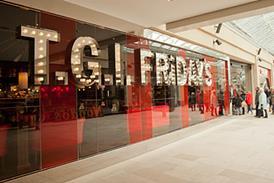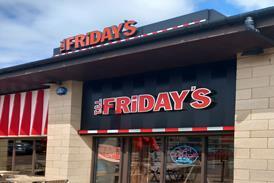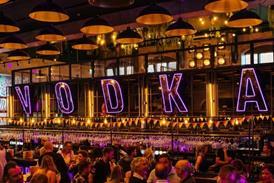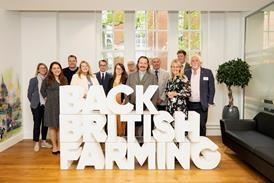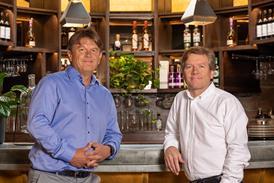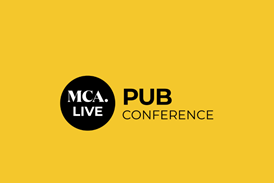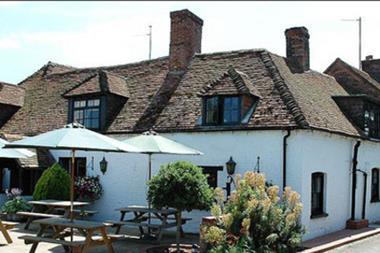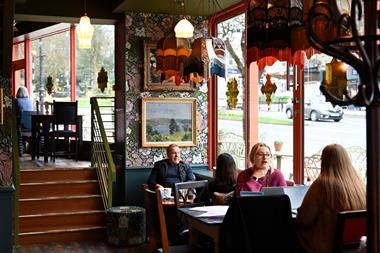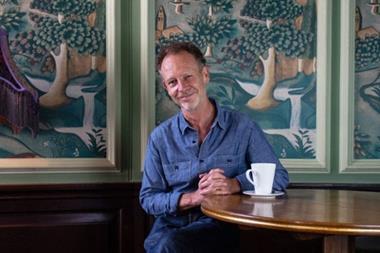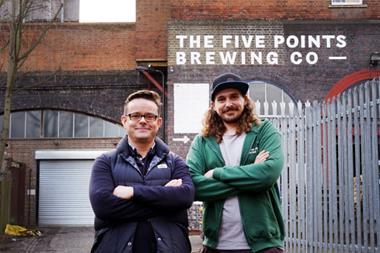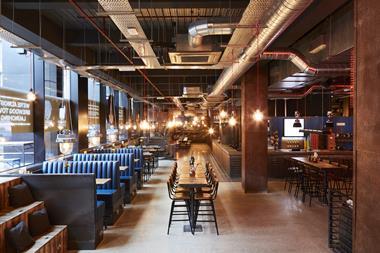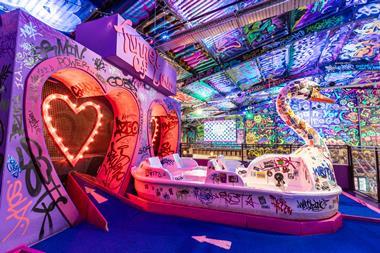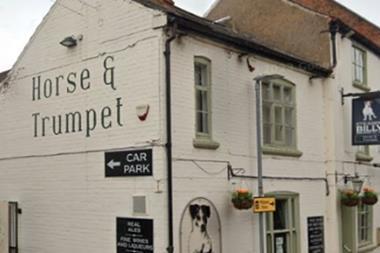Ever thought about building a pub by hand? I’m sure Marston’s think about it a lot due to their new build program, but what about a new entrant to the market. Up in Manchester there is a group planning to build a pub using traditional construction crafts and crowd sourced labour. They know it won’t be quick or easy, but they hope, in their own words, that the project will eventually become a how to guide to build your own pub, “a sort of Haynes manual for DIY masochists!”. In a month, when newsflow surrounding the pub sector has been mixed, it is good to see that faith in the British pub remains and all that glitters isn’t always casual dining.
The latest research from CAMRA, released earlier this month, showed that the number of net pub closures was flat at 29 per week for the last six months. While CAMRA decided to ignore the positive side of this news, there has begun a levelling out of sector numbers, I tend to agree with the BBPA that the closure figure did not reflect the increasing confidence in the sector. Indeed the BBPA’s own analysis of 2014 Ratings data showed the rate of pub closures falling.
This was followed up by a hefty sector note by analysts at Panmure Gordon, which said that restaurants were taking market share from pubs amid 14% per annum supply growth. It said: “As we stand, we believe branded restaurants are taking share from pubs and independents and the winners and losers will depend on balancing site expansion with constant menu and brand redevelopment. UK consumers are becoming ever more fickle, demanding higher levels of service, quality, value and innovation. Currently, we believe restaurant operators are taking market share from pub operators, with only the most well-positioned and well-invested pub operators likely to outperform.” There is a lot of truth in the above statement, but also some nuances that need exploring.
Firstly, what constitutes a pub or a restaurant or indeed a coffee shop/café in the eyes of the consumer? Lines between each having blurred for years and will continue to do so. Take the ultimate line blurring concept at present from Loungers, some have heralded its Lounge concept as the “pub of the future”, with Marston’s and Brains two operators who have looked to tap into that all-day dining model with their Ebb & Flow and Trees concepts respectively. It would be a huge surprise if the main managed players, such as Greene King, Marston’s, Stonegate and M&B, did not run the rule over Loungers when it is brought to market, further enhancing their casual dining credentials but also further blurring those traditional lines.
Secondly, as pub numbers fall, the standard of those that are left is improving, the sector as a whole is getting stronger, more varied and more intune with consumer expectations. Look at say Young’s or Fuller’s, to name but two, both have pioneered the move towards a more premium food offer, but also continued to push the boundaries on what a contemporary pub should offer, whether that is through drink, food or accommodation. They, unlike the majority of their restaurant contempories, have the freehold properties to be able to flex their offers when and how they wish. If you want to see a fine example of that ability to evole I would point to what Young’s has done with The Bull in Streatham, which at once is a traditional pub, restaurant and home to a an excellent modern take on the “beer garden” complete with Burger Shack and design that owes a lot to the street food sector.
Thirdly, restaurant operators, especially those in the casual dining market are aware that they are set to face a perfect storm in terms of over supply. Talking at our Managed Pub Summit last month, (more blurring of lines there) Carluccio’s chairman Simon Kossoff said: “We’ve got a perfect storm of people like us who are keen to expand, fighting for the same 4,000sq ft sites and pushing up prices in terms of rents and premiums meanwhile landlords are releasing more and more space to restaurants because traditional retailers are backing away. It means there’s more of us paying more money and I think it’s a pretty ugly place to be. There’s just too much capacity forming in the market and we are getting to a saturation point.” Can The Restaurant Group meet its ambition of doubling in size to c1,000 sites, whilst the Casual Dining Group wants to reach c600 units at the same time as PizzaExpress looks to add a further 200 sites to its existing c430-strong UK estate? They will believe so, but who will fall by the way side in the process? It seems some are already looking to mitigate against this, the Azzurri Group’s acquisition of Coco Di Mama being one sign of this, YO! Sushi’s trial of YO! to Go another. Expect others to follow, whether through acquisition or the development of new concepts.
As Peter Hansen, founder of Sapient Corporate Finance, pointed out earlier this month: “The next few years will produce a shake-out among the weaker brands in the casual dining market, especially as inflationary rent reviews and rising rates ratchet up fixed costs. Which of today’s casual dining brands are future Litten Tree’s, unlikely to survive?” That’s a game for you to play. Investment will be key and again the established pub operators are in a good position to continue to ramp up their own capex programmes.
Perhaps more significantly, according to M&C Allegra Foodservice’s own Pub Market report, the pub turnover growth rate of 2% over 2015 is ahead of the 0.9% forecast for the Casual restaurant sector. At the same time, our own Eating Out Panel data also revealed that consumers rate pubs higher for 12 out of 14 Key Performance Indicators during breakfast, and 10 out of 14 during lunch. Pubs are rated highly for the value for money they offer, as well as service speed and quality. Restaurants maintain a lead on most metrics during dinner, where food quality is under extra scrutiny.
UK consumers are becoming ever more fickle, demanding higher levels of service, quality, value and innovation. All of which can be increasingly found in the UK’s pub sector. And will hopefully be found in the hand-built pub I mentioned at the start, The Pilcrow. As is the modern way, the people behind it are blogging about its progress, which can be found here www.thepilcrowpub.com. Check it out, it is an inspiring idea. It won’t be quick or easy, but it should be built to last, very much like the evolving UK’s pub sector.


